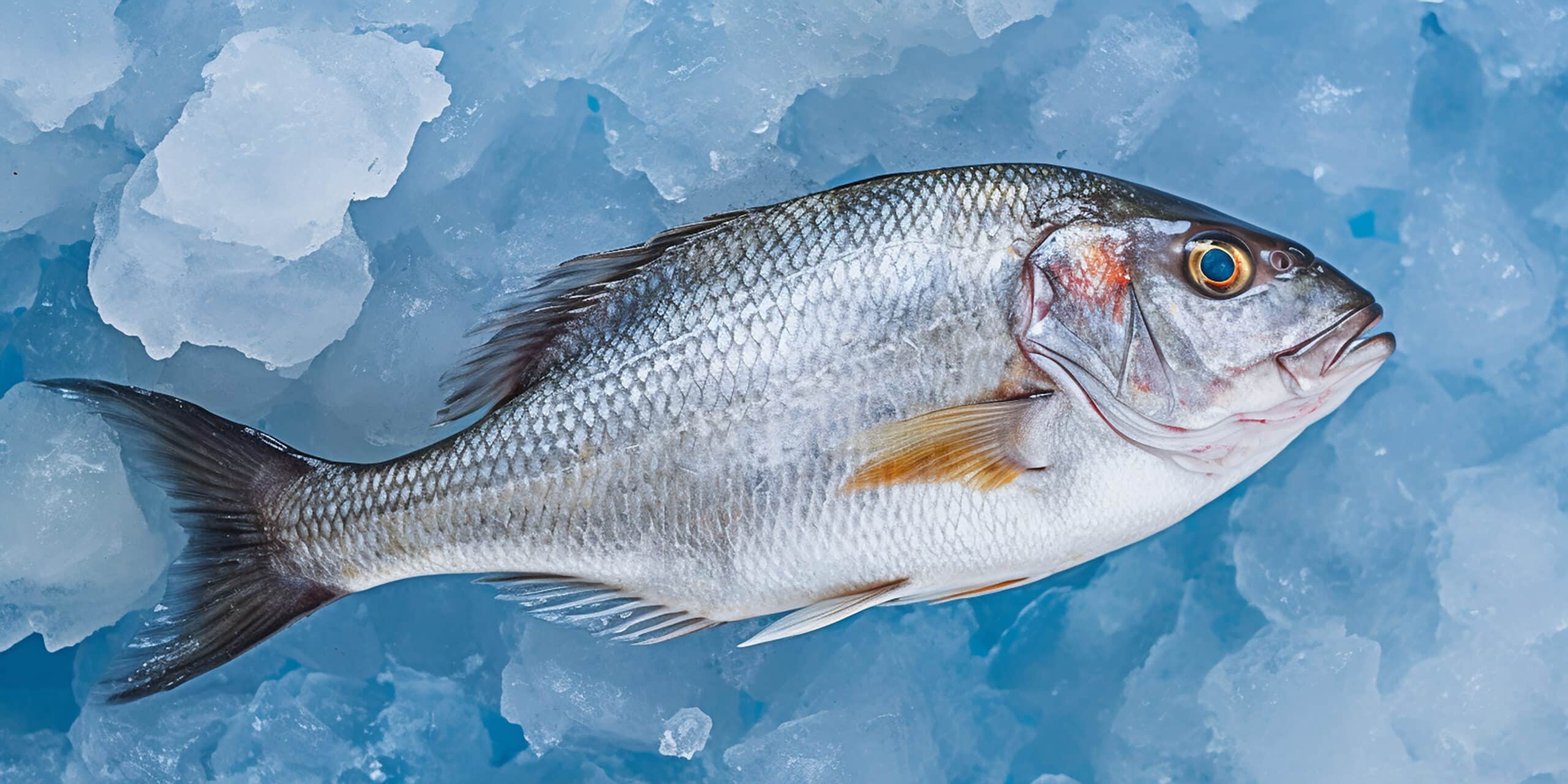What’s the Best Time to Ice Fish?
Key Takeaways
- Understanding fish behavior is crucial for successful ice fishing, particularly for targeting walleye. Walleye are most active during the evening and night, making those times the best for ice fishing.
- Barometric pressure has a significant impact on fish behavior. The ideal ice fishing conditions include stable low to medium pressure, but the best conditions occur when pressure rapidly drops before a storm front arrives.
- The time of day also affects ice fishing success. The most productive times are the first couple of hours after sunrise and the first couple of hours before and after sunset, when the light conditions are optimal and fish tend to be more active.
Ice fishing is a popular winter activity that requires patience, skill, and knowledge of the fish behavior. One of the most common questions among ice fishing enthusiasts is, “What’s the best time to ice fish?” While there is no one-size-fits-all answer to this question, understanding the behavior of fish and the impact of various factors can help increase your chances of success. In this article, we will explore the best time to ice fish based on information from reputable sources.
Understanding Fish Behavior
Before delving into the best time to ice fish, it’s important to understand the behavior of the fish you’re targeting. Different fish species have different feeding patterns and preferences. In this case, we will focus on walleye, a popular target for ice fishers.
According to Sport Fishing Buddy, walleye are most active during the evening and night. They tend to be more cautious during the day and seek shelter in deeper waters. Therefore, focusing your ice fishing efforts during the evening and night can significantly increase your chances of catching walleye.
The Impact of Barometric Pressure
Barometric pressure, also known as atmospheric pressure, can have a significant impact on fish behavior. According to Sport Fishing Buddy, the ideal ice fishing conditions include a stable low to medium barometric pressure. However, the best conditions occur when the pressure rapidly drops just before a storm front arrives.
During stable pressure conditions, fish feeding activity is typically moderate to fair. However, when there is a rapid decrease in pressure, fish activity increases significantly. This means that you should keep an eye on the barometric pressure and plan your ice fishing trips when a storm front is approaching.
Weather Patterns and Conditions
Understanding weather patterns and conditions can also improve your ice fishing success. According to Ice Fishing Guru, ideal ice fishing conditions include stable weather with consistent temperatures, moderate barometric pressure, and moderate wind speeds.
Fish tend to be more active before a weather change, such as a cold front or warm front. During a cold front, fish may become less active and seek shelter. On the other hand, during a warm front, fish activity increases. Windy days can be advantageous for ice fishing, as fish tend to be more active and move to shallower areas.
It’s important to prioritize safety when ice fishing. Always monitor ice thickness, weather warnings, and use appropriate safety equipment. Safety should be your top priority, and no fish is worth risking your well-being.
The Best Time of Day
The time of day can also play a role in ice fishing success. According to The Fun Outdoors, the most productive time to ice fish is during the first couple of hours after sunrise and the first couple of hours before and after sunset.
During these times, the light conditions are optimal for fish to see your bait or lures. Additionally, fish tend to be more active during these periods, increasing your chances of a successful catch.
Conclusion
While there is no definitive answer to the question of the best time to ice fish, understanding fish behavior, barometric pressure, weather patterns, and the time of day can greatly improve your chances of success. Remember to always prioritize safety and stay informed about ice conditions and weather forecasts.
Related Websites:
FAQs:
Q: What’s the best time to ice fish?
The best time to ice fish depends on several factors. It is important to consider temperature, fish behavior, and the different seasons for ice fishing. Early winter, mid-winter, and late winter/early spring each offer unique opportunities and considerations. Consulting local resources and engaging with experienced ice anglers can also provide valuable insights.
Q: How does temperature affect ice fishing?
Temperature is a crucial factor in ice fishing. Colder temperatures promote ice formation, creating a safe surface to fish on. It is important to wait until the ice is at least 4 inches thick for walking, 6-8 inches for snowmobiles, and 10-12 inches for cars. Additionally, fish activity and metabolism are influenced by water temperature, which varies with the seasons.
Q: What are the benefits and challenges of early winter ice fishing?
Early winter ice fishing offers unique benefits and challenges. The fish are generally more active and eager to feed after the ice forms. However, the ice may not be thick enough for safe fishing, so caution is required. Target species during this season may include walleye, perch, and pike.
Q: What are the preferred techniques and target species for mid-winter ice fishing?
Mid-winter ice fishing is characterized by colder temperatures and thicker ice. Ice shelters or portable ice fishing huts are commonly used to stay warm. Popular target species during this time include trout, panfish, and northern pike. Techniques such as jigging or using tip-ups are often employed.
Q: What are the unique opportunities and considerations during late winter/early spring ice fishing?
Late winter/early spring ice fishing provides unique opportunities as the ice begins to thaw. It is important to exercise caution during this time as the ice conditions can become less predictable. Target species may include crappie, bluegill, and bass. Techniques like using live bait or vertically jigging can be effective.






